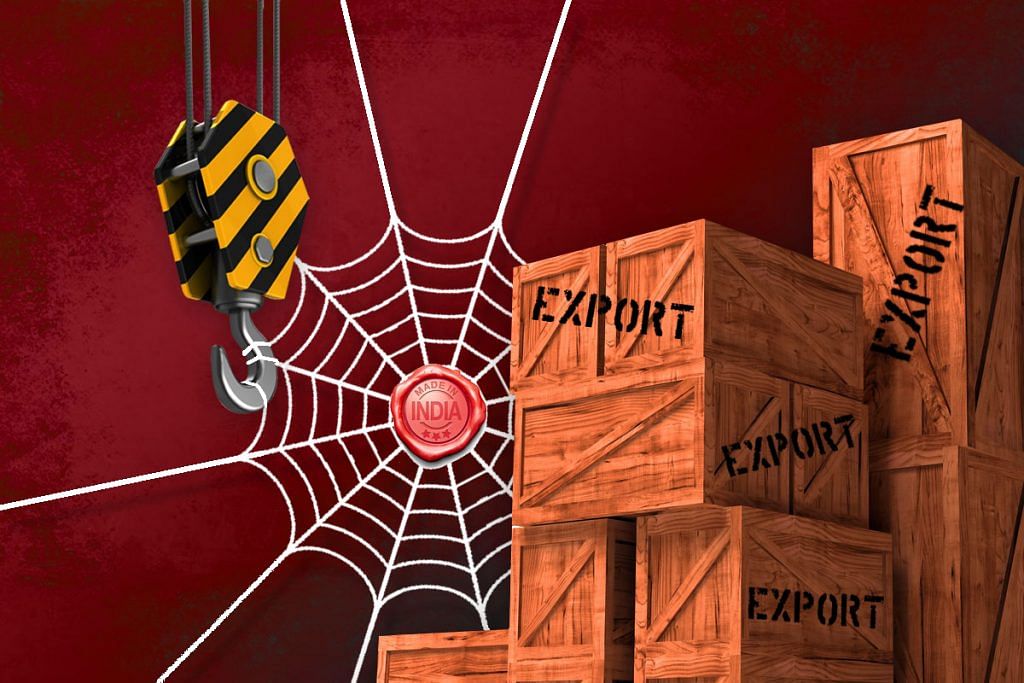Indian exporters do not have strong negotiating positions with buyers, and therefore tend to get squeezed out disproportionately when trade hits a rough patch.
Back in 2011-12, India’s goods exports — excluding mineral fuels (oil and coal) because their sharp price swings distort the picture — totalled $249 billion. Five years later, in 2016-17, the figure was virtually unchanged at $243 billion. The highest level that the figure reached in the intervening years was $253 billion, in 2014-15. This has been a lost half-decade for India’s exporters — yet the subject has scarcely figured in any economic debate. The current year finally sees the prospect of some change, with a bit of an export surge in recent months, but the full year’s growth may be no more than 10 per cent — poor pickings after five years of flat-lining. During these five years, GDP (gross domestic product) in current dollars has grown by 24 per cent. In relation to the size of the total economy, therefore, exports excluding mineral fuels have shrunk from 13.7 per cent to 10.7 per cent — a clear reversal of trend.
The striking thing about this period is that it has been quite unlike previous ones. In the decade of the 1990s, the country’s goods exports, excluding mineral fuel, grew by a creditable 140 per cent; the decade that followed was even better, with exports growing by an impressive 397 per cent, from $42 million to $209 billion (both numbers excluding mineral fuel). Exports in relation to GDP also saw a sharp increase, as India became more of a trading nation than it had been for at least half a century.
The usual arguments about what limits India’s exports (poor transport infrastructure, high cost of finance, shortage of electricity, no ease of doing business, etc.) do not explain the five-year-long stagnation, since these factors were in operation earlier too. If anything, the power and transport situation has got better — the country has surplus capacity in both electricity and ports, while the highways have improved. If one had to look for what has changed, a perennial candidate is the rupee’s external value, which is generally acknowledged to be ruling too high for exporter comfort. But the figures show that the rupee was much more expensive in 2011 (about 45 to the US dollar), fell quite sharply in 2012 and 2013, reaching 65 to the dollar before climbing to 60 by early 2014, and then dropping back to 65, where it is now. If exporters have to deal with an overvalued currency today, they were doing so in spades during the period that saw export growth.
If the explanation for the loss of export momentum lies elsewhere, then no one has figured out what exactly it is. There could be sectoral issues that provide some of the answers, but these are unlikely to be the full story. Perhaps it is simply the case that Indian exporters do not have strong negotiating positions with buyers, and therefore tend to get squeezed out disproportionately when trade hits a rough patch. Whatever the explanation, one can say with confidence that the government’s recent focus on protecting the home market through tariff hikes is unlikely to help exporters. Whether it will serve the cause of import substitution remains to be seen. Even if it does, it will nudge the economy towards higher-cost production, and that is not going to help exports.
By special arrangement with Business Standard
